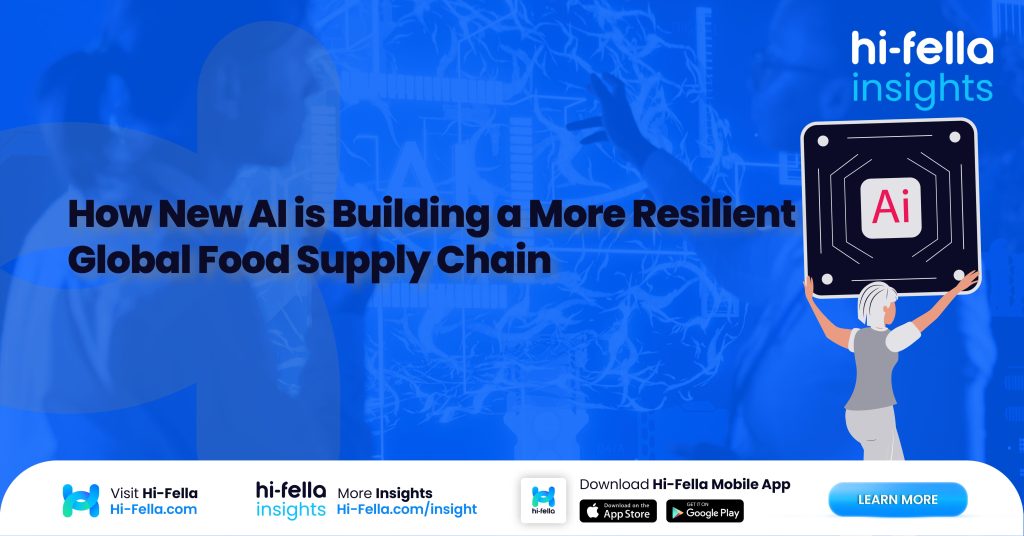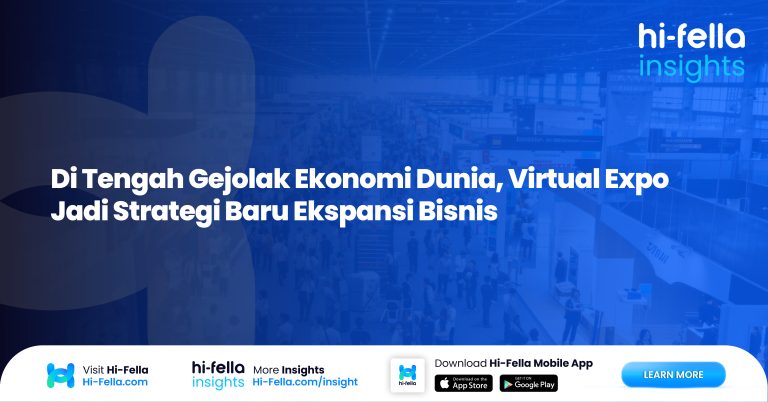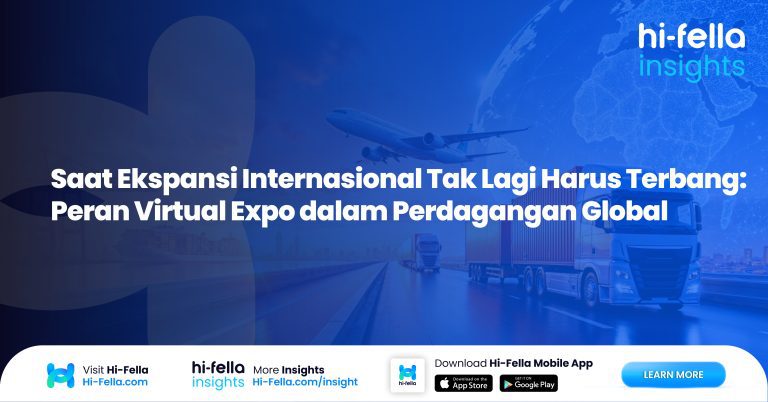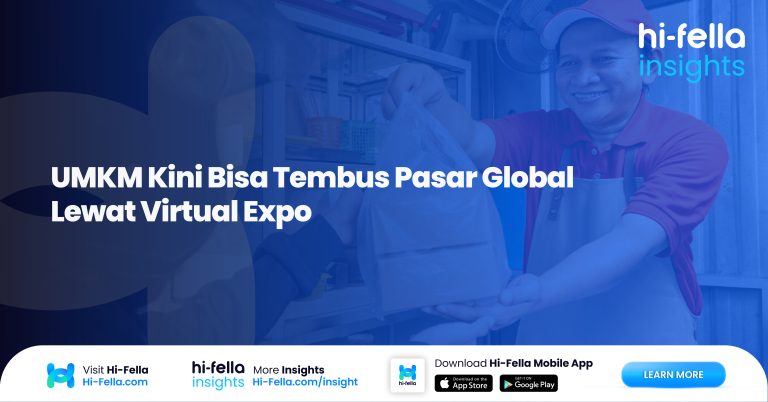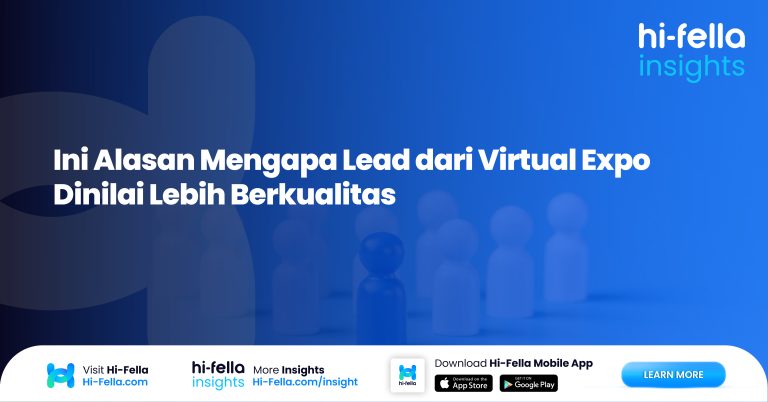In an increasingly interconnected world, the global food supply chain is facing significant challenges that threaten its stability and sustainability. From unpredictable climate events to geopolitical disruptions, food security is a growing concern for governments and businesses alike.
However, artificial intelligence (AI) is emerging as a powerful tool to strengthen and future-proof the global food supply chain. In this article, we will explore how AI is playing a transformative role in building a more resilient and efficient food supply chain that can respond to changing demands, climate uncertainties, and logistical challenges.
Table of Contents
Predictive New AI and Climate-Aware Crop Forecasting
Climate change is one of the most significant risks to global food security, and the agricultural sector is especially vulnerable to changing weather patterns. Droughts, floods, and extreme temperatures can disrupt crop yields, affecting everything from staple grains like rice and wheat to specialty crops like coffee. However, AI is helping agribusinesses and governments alike to predict these climate-induced disruptions months in advance.
AI Models for Predicting Weather Patterns
AI is now being used to develop sophisticated models that combine satellite imagery, real-time climate data, and historical weather patterns to predict potential disruptions in crop production. These predictive models help farmers and agribusinesses better prepare for challenges such as droughts, floods, and extreme temperatures that could affect crop yields.
For example, AI can forecast impending drought conditions that may impact rice or wheat harvests, allowing agribusinesses to adjust their procurement strategies, diversify sourcing, and protect food security. This predictive intelligence enables farmers to take proactive measures, such as adjusting planting schedules or investing in water-saving technologies, to minimize the impact of adverse weather on their crops.
Climate-Aware Sourcing and Procurement
Predictive AI models are also helping businesses improve their sourcing strategies. With better visibility into the future outlook for crop production, agribusinesses can adjust their procurement plans to mitigate the risks of shortages. For example, if a crop failure is predicted in one region due to drought, AI can alert supply chain managers to source from other areas or regions where the forecast indicates better growing conditions.
Governments are also leveraging AI-based models to create more resilient food systems. By using AI to monitor climate patterns, they can develop early warning systems to better prepare for disruptions and protect food security on a national level. In the case of commodities like coffee, where weather conditions significantly impact production, AI’s forecasting capabilities help traders, exporters, and governments alike to better anticipate changes in supply and demand, allowing them to plan accordingly and stabilize market prices.
AI-Powered Logistics Optimisation in Food Distribution
As the global demand for food continues to grow, efficiently distributing food across international borders has become increasingly challenging. AI is revolutionizing global food logistics by improving route planning, reducing spoilage, and optimizing container space. These advances in AI-driven logistics are helping food exporters meet rising demand while ensuring products reach consumers in optimal condition.
Dynamic Cold Chain Routing
One of the key challenges in global food distribution is maintaining the integrity of perishable goods during transport. Cold chain logistics are crucial for products like dairy, meat, seafood, and fruits, which require strict temperature controls to prevent spoilage. AI is helping exporters optimize cold chain routing by dynamically adjusting delivery routes based on real-time data such as traffic conditions, weather forecasts, and port congestion.
For instance, AI can analyze historical data and weather patterns to suggest the best shipping routes for sensitive goods. This reduces the risk of spoilage by ensuring that shipments take the fastest, most reliable paths while maintaining the required temperature conditions.
Real-Time Perishability Tracking and Container Space Maximization
AI is also being used to monitor the perishability of food products throughout the supply chain. By using sensors and IoT technology, AI can track the status of perishable goods in real-time, providing actionable insights into the condition of the products and allowing distributors to take corrective actions before spoilage occurs. For example, AI systems can alert supply chain managers if temperatures exceed safe levels, enabling them to take immediate action to prevent losses.
Additionally, AI-powered tools are helping exporters maximize container space by suggesting optimal packing configurations based on the size and shape of products. This reduces waste and optimizes shipping costs, improving the efficiency of food distribution on a global scale.
Responding to Disruptions like Red Sea Reroutes and Port Congestion
Global food trade is often disrupted by unexpected events such as geopolitical tensions, shipping delays, and port congestion. AI is enabling supply chain managers to respond more effectively to such disruptions. For example, during events like the blockage of the Suez Canal, AI-driven logistics systems can quickly identify alternative shipping routes, such as rerouting through the Red Sea, and provide real-time updates on the status of shipments.
AI-powered logistics systems can also predict and mitigate delays caused by port congestion, helping to minimize disruptions in the global food supply chain. By offering more agile solutions, AI enhances the resilience of food supply chains and helps ensure that food reaches consumers on time.
Ensuring Food Safety and Traceability with AI Systems
Food safety and traceability are paramount concerns for exporters and consumers alike. In recent years, there has been increasing demand for transparency in food production and distribution. AI is playing a critical role in enhancing food safety and traceability, ensuring that food products meet international standards and that their origin can be traced with accuracy.
Blockchain + AI for Food Authentication
AI-powered blockchain platforms are now being used to authenticate the origin of food products, ensuring they comply with stringent regulations and food safety standards such as the European Due Diligence Regulation (EUDR), the Food Safety Modernization Act (FSMA), and Hazard Analysis and Critical Control Points (HACCP) standards. Blockchain provides an immutable record of every step in the food’s journey from farm to table, while AI analyzes this data to ensure it complies with safety regulations.
For example, coffee exporters are using blockchain and AI to track the origin of beans, ensuring that the product was sourced ethically and sustainably. This technology can also detect contaminants or inconsistencies in food products, which helps prevent food safety issues such as bacterial contamination.
AI for Document Validation
AI is also improving export documentation processes. By leveraging machine learning algorithms, AI models are trained on global regulatory datasets to identify and flag errors in export documents. This helps ensure that food shipments meet all regulatory requirements before they are shipped, preventing delays or blocked shipments due to incomplete or inaccurate paperwork.
The ability of AI to detect errors in documentation before shipments are blocked not only reduces compliance risks but also enhances operational efficiency, ensuring that food products reach their destinations without unnecessary delays.
Market Demand Forecasting and Trade Matchmaking in Real-Time
AI is also transforming the way food traders and exporters connect with buyers and respond to changing market demands. By using AI to forecast demand trends and analyze global market conditions, exporters can make more informed decisions about which markets to target and when to enter them.
AI-Powered Demand Heatmaps and Price Trend Predictions
AI-driven demand heatmaps and price trend prediction models provide valuable insights into where food products are in high demand. These tools analyze vast amounts of data from global markets to predict which regions will experience the highest demand for specific food products. This allows exporters to make strategic decisions about where to allocate resources and how to price their products.
For example, if there is a surge in demand for avocados in Europe, AI models can quickly identify this trend and alert exporters in Peru to adjust their supply chains accordingly. This helps food exporters respond to shifts in consumer preferences in real-time, maximizing their chances of success in a competitive market.
AI Trade Matchmaking Tools
AI matchmaking tools are revolutionizing the way food exporters and importers connect. These tools analyze data from both sellers and buyers to find the best matches based on product needs, pricing, and market trends. AI-powered platforms can connect exporters of organic spices from Indonesia with buyers in Europe or North America, ensuring that surplus products quickly find the right market.
These tools help streamline the trade process by automatically connecting sellers with qualified buyers, reducing the time and effort spent on finding new business opportunities.
Join Hi-Fella Today!
As the global food supply chain becomes more complex, building resilience requires access to reliable data, intelligent tools, and strong international connections. Hi-Fella is the platform that combines cutting-edge AI technology with global reach to help food exporters and importers stay agile, informed, and connected.
Whether you’re exporting coffee from Brazil or sourcing avocados from Peru, Hi-Fella’s smart discovery tools and AI-powered matchmaking systems can help you navigate the evolving food trade landscape. By joining Hi-Fella, you gain access to a network of trusted partners and real-time insights that enable you to make smarter decisions and respond to disruptions with ease.


